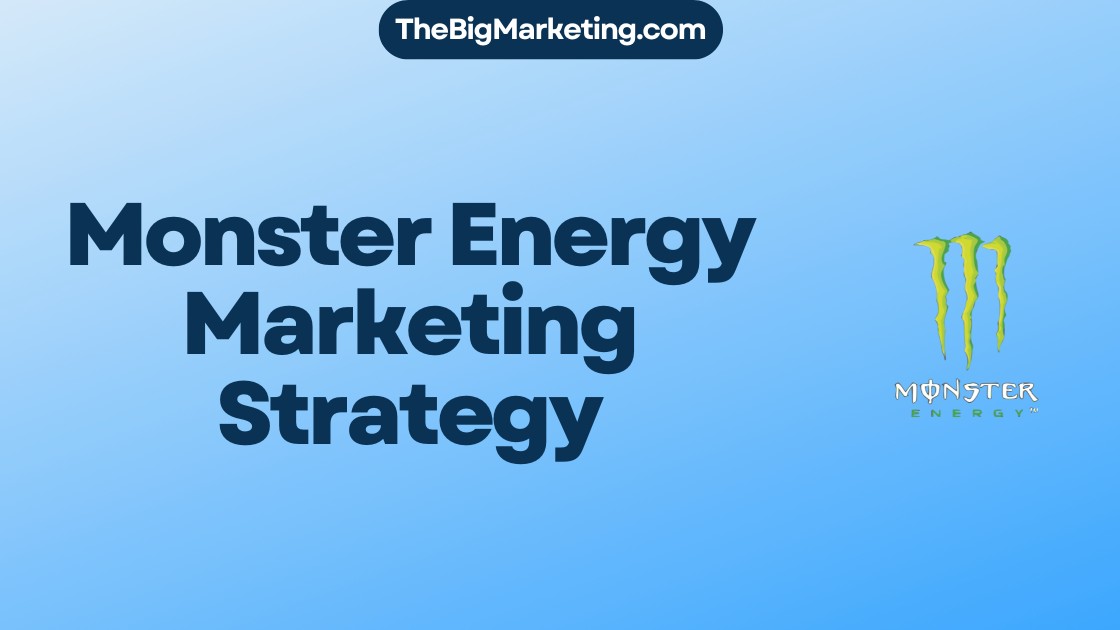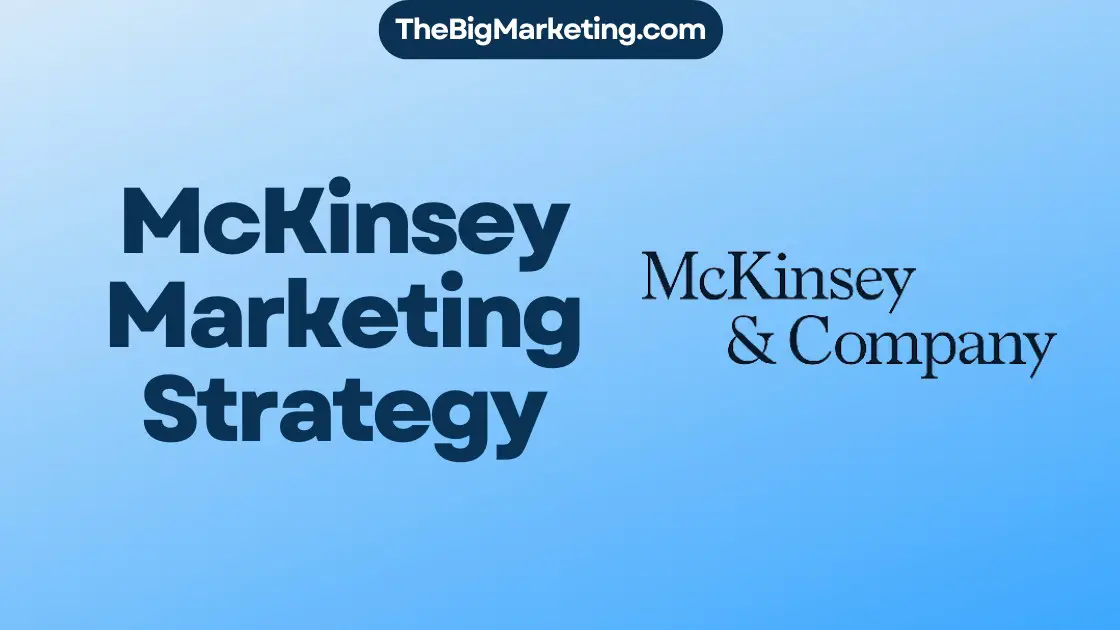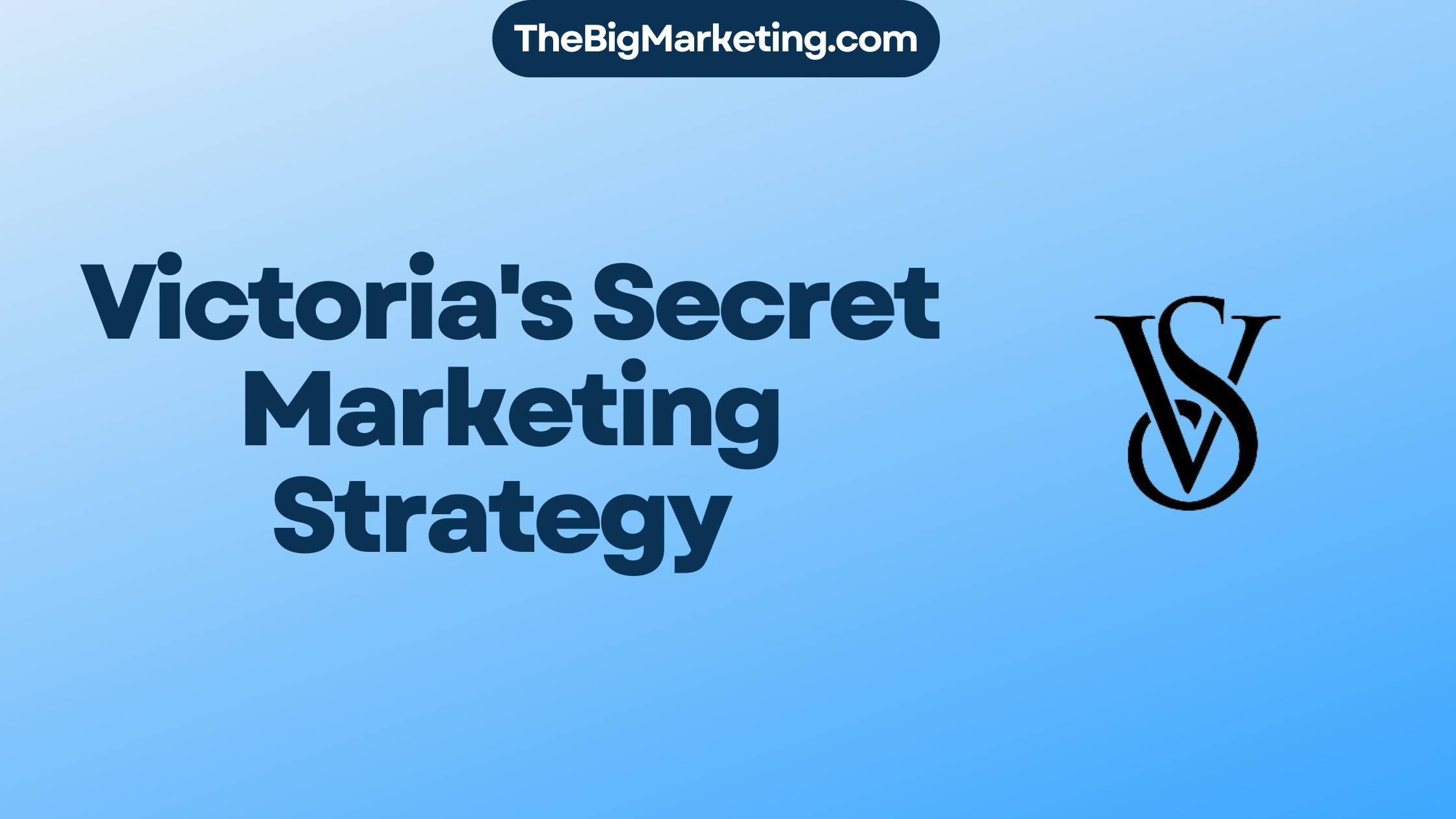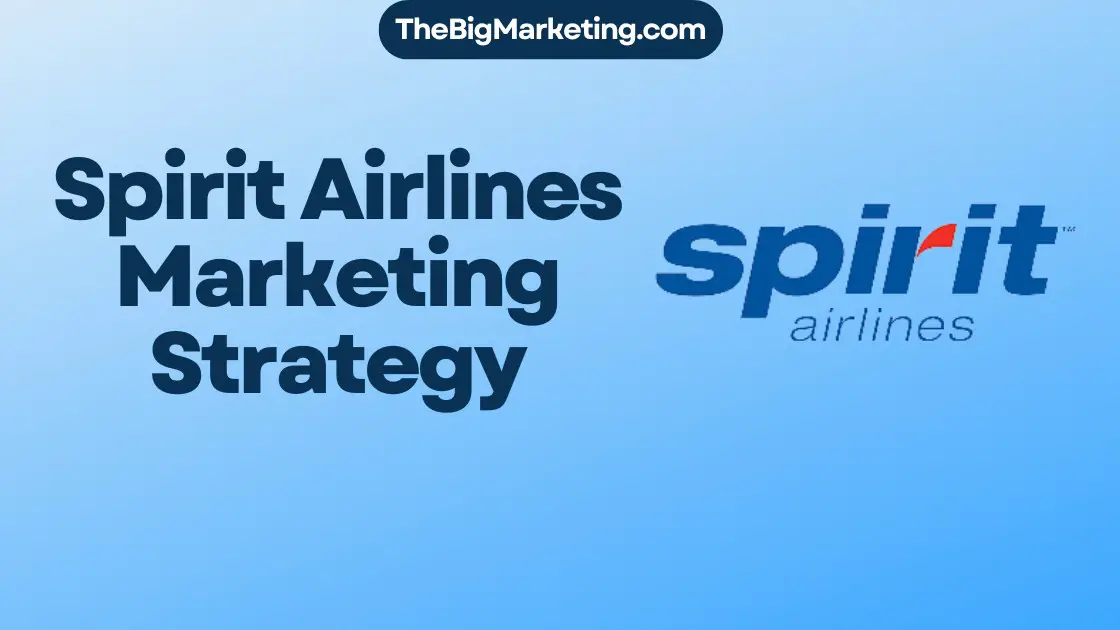B2B2C Marketing stands for Business to Business to Consumer marketing. It’s a way businesses work together to reach more customers. It’s common in e-commerce, fintech, online food, real estate, and grocery sectors. By mastering both B2B and B2C marketing, you can unlock many job opportunities.
Key Takeaways:
- B2B2C Marketing mixes B2B and B2C strategies for businesses and consumers.
- E-commerce, fintech, and real estate often use the B2B2C model.
- Top B2B2C marketers make unique customer profiles for businesses and consumers.
- Amazon and Alibaba are examples of B2B2C marketing success.
- The B2B2C approach helps in growing businesses and diversifying revenue.
What is B2B2C?
B2B2C stands for Business to Business to Consumer. It’s a business model where one business sells to another, which then sells to consumers. This approach connects businesses directly with consumers. It helps expand market reach. There are two main kinds: the Layers Model and the Middle Man Model.
Layers Model
The Layers Model involves two levels: the B2B and the B2C layers. Take pharmaceuticals as an example. Pharmaceutical companies sell to healthcare experts. These experts then provide the products to patients. The B2B layer is about deals with businesses. The B2C layer focuses on reaching the final customers.
Middle Man Model
In the Middle Man Model, some companies serve as links between businesses and consumers. It’s seen in fields like recruitment and fintech. For instance, job platforms connect companies with job seekers. Businesses can thus find more talent. This model thrives on cooperation between businesses, consumers, and the intermediary platform.
The B2B2C model is lively and opens new doors for businesses to build partnerships and serve more customers. Grasping these models helps businesses navigate B2B2C effectively. This way, they can make the most of its benefits.
What is B2B2C Marketing?
B2B2C marketing mixes B2B and B2C strategies. It aims to draw in both businesses and consumers, creating a beneficial ecosystem for all.
When using B2B2C marketing, making distinct customer profiles for businesses and consumers is key. This helps understand each group’s needs. Thus, marketing can be tailored to fit them perfectly.
Marketers have several effective B2B2C methods to capture the attention of businesses and consumers. These methods include:
- Digital marketing: Using online channels like SEO, PPC advertising, and email marketing to boost brand presence and attract specific audiences.
- Content marketing: Producing and sharing valuable content to draw and engage people, making the platform a reliable source of info.
- Social media marketing: Utilizing social platforms to connect with audiences, increase brand awareness, and create community feelings.
- Influencer marketing: Collaborating with influential figures or businesses to promote the platform and reach more people.
- Lead conversion: Applying methods to turn leads into customers, like personalized emails, specific landing pages, and retargeting ads.
Adopting these strategies lets businesses effectively reach both their business and consumer targets. This maximizes marketing impact and drives growth.
Amazon is a prime example of successful B2B2C marketing. It targets both sellers (businesses) and customers (consumers). This strategy has built a rich marketplace. Here businesses access a wider customer group while consumers find a vast selection of products and services.
| B2B2C Marketing Definition | B2B2C Marketing Strategies | B2B2C Marketing Skills | B2B2C Marketing Examples |
|---|---|---|---|
| A marketing approach that combines elements of B2B and B2C strategies to attract both businesses and consumers to a platform. | Digital marketing, content marketing, social media marketing, influencer marketing, lead conversion. | Strong digital skills, content creation, data analysis, customer segmentation. | Amazon, Alibaba, Shopify. |
What Does a B2B2C Marketer Do?
As a B2B2C marketer, you handle lots of tasks that blend B2B and B2C marketing skills. Your main job is to develop and use a marketing strategy that draws businesses and consumers. Here are the important parts of being a B2B2C marketer:
Digital Marketing
Digital marketing campaigns are a big part of your job. You use SEO, PPC, email, and display ads to reach your audience. Through data, you improve ways to get customers and make sales happen.
Content Creation
Crafting engaging content is key for reaching businesses and consumers. You need to be good at writing and creating stories. This means making blogs, social media posts, videos, and infographics. Good content increases your brand’s visibility and shows you’re a leader in your field.
Social Media Management
Social media is crucial in B2B2C marketing. You manage these platforms to connect with both businesses and consumers. This includes planning content, interacting with followers, and monitoring performance. Social media ads also help grow your audience and keep people interested.
Influencer Marketing
Using influencers is a smart way for B2B2C marketers to increase trust in their products or services. You find and partner with influencers who fit your industry. These relationships can extend your brand’s reach and introduce you to new customers.
Lead Conversion
Turning marketing leads into sales is a big part of your role. You’ll team up with sales to smoothly pass on leads and use strategies to keep potential customers interested. This helps make more sales and boosts your return on investment.
Data Analytics and Customer Behavior
Understanding data analytics is important to see how your marketing is doing. Use tools to study customer behavior and track your success. This information helps you make smarter decisions and improve your marketing tactics.
Collaboration with Sales Teams
You and the sales team work together to match marketing and sales goals. Collaborating helps you know what customers need, who they are, and how to approach them. Together, you can create better leads, make more sales, and increase revenue.
In summary, B2B2C marketers need a mix of B2B and B2C marketing skills. You must be great at digital marketing, creating content, managing social media, working with influencers, and converting leads. Staying current on trends and customer behavior helps you create an effective strategy that appeals to both businesses and consumers.
B2B2C Marketer Requirements
Requirements for B2B2C marketers can vary by company. Yet, there are common qualifications and skills many employers look for. These are:
- 3 years of digital marketing experience: B2B2C marketers need a good base in digital marketing techniques and strategies.
- 5 years of overall marketing experience: They should also have a broad understanding of marketing beyond digital.
- Bachelor’s degree: A degree in marketing, business, or related fields is important.
- Copywriting skills: Writing compelling content is key for communicating with both businesses and consumers.
- Content creation skills: Marketers must create content that catches the audience’s interest.
- Project management experience: They need to manage marketing campaigns successfully.
- Data analysis skills: Understanding data analytics helps in making informed marketing decisions.
B2B2C marketers must be skilled in both B2B and B2C marketing. This dual expertise helps them connect with businesses and consumers effectively. With these skills, they can take on various roles, even leadership positions in companies with complex products.
B2B2C Career Path
Being a B2B2C marketer opens many career paths. You can move into B2B or B2C marketing roles. Or, you might become a specialist as a B2B2C marketer. There’s also a chance to lead in marketing at firms with complex products, valuing your dual focus on businesses and consumers.
Here are job titles B2B2C marketers might aim for:
- Chief Marketing Officer (CMO): At this top level, B2B2C marketers lead the whole marketing plan of a company. They work with other leaders to grow the business and meet marketing goals.
- Digital Marketing Director: Those who know a lot about digital marketing become Digital Marketing Directors. They steer digital marketing efforts, handle online ads, and make the most of digital spaces to engage the right people.
- CRM Marketing Manager: Being skilled in customer relationship management (CRM) can lead to a position as a CRM Marketing Manager. They create and manage CRM strategies to boost customer loyalty and retention by using tech and data.
- Marketing Manager: B2B2C marketers can also become Marketing Managers. They manage marketing campaigns and work with different teams to make the brand known and reach marketing targets.
Marketing to both businesses and consumers gives B2B2C marketers many career choices. They can greatly influence growth and success across various sectors.
Advantages of the B2B2C Model
The B2B2C model has many benefits for businesses. It helps companies grow, diversify their income, and make shopping easier for customers.
1. Expanded Customer Base
The B2B2C model helps companies reach more customers. By working with other businesses, they can connect with those businesses’ customers. This means more people can learn about their products or services.
2. Diversified Revenue Opportunities
This strategy also opens up new ways to make money. Companies offer extra products or services through their partners. This not only boosts sales but also means they don’t rely on just one product or market. So, they can make their income more stable and secure.
3. Enhanced Brand Credibility
Working with trusted businesses boosts a company’s reputation. Being linked with well-known partners can make customers trust them more. This leads to loyal customers and gives companies an edge over competitors.
4. Customer Convenience
The B2B2C model makes shopping smoother and quicker for customers. People can find everything they need from different businesses in one spot online. They don’t need to browse multiple websites or visit different stores. Plus, services like online shopping and home delivery make their experience even better.
5. Cost-Effectiveness
Lastly, the B2B2C model can save businesses money. Partnerships allow companies to share costs and resources. This means they can work more efficiently and use their resources better. Also, by using their partners’ expertise, they can spend less on developing, marketing, and delivering products. This leads to better profits and cost savings.
| Advantages of the B2B2C Model |
|---|
| Expanded customer base |
| Diversified revenue opportunities |
| Enhanced brand credibility |
| Customer convenience |
| Cost-effectiveness |
Challenges of the B2B2C Model
The B2B2C model has its perks, but it comes with challenges too. Companies must find a balance between making end customers and business partners happy.
Losing control over how customers feel and interact can be tricky. This happens because partners deal with the customers directly. So, businesses might struggle to keep a tight grip on the customer’s journey.
Also, working with partners can affect how much money a company makes. Costs like sharing profits, ad fees, or commissions can eat into earnings. This can make it harder to make a good profit.
But, there are ways to tackle these issues. Keeping an open line of communication with partners is key. Setting clear roles helps keep control over customer relationships. Also, being smart about money and bargaining well can cut down partner costs. This helps keep profits up in the B2B2C world.
| Challenges | Solutions |
|---|---|
| Loss of control over the customer relationship and experience | Clear communication and collaboration with partner businesses |
| Partner fees and costs impacting profitability | Thorough financial analysis and negotiation skills |
Despite its hurdles, the B2B2C model is still a great choice for many firms. It helps businesses grow fast and reach more markets. By tackling its challenges head-on, companies can thrive in the competitive B2B2C scene.
Real-World Examples of Successful B2B2C Companies
The B2B2C model is popular with many successful companies in different fields. Let’s look at some key examples:
1. Amazon
Amazon shows us how powerful B2B2C can be. It lets businesses sell products to consumers on its platform. This has led to huge growth and many opportunities for sellers and Amazon alike.
2. Alibaba
Alibaba has changed the B2B2C landscape. It connects businesses with consumers worldwide. This opens up vast opportunities for small and medium enterprises to reach more customers.
3. Shopify
Shopify helps businesses set up online stores to sell products to consumers. Its easy-to-use interface and powerful tools have made it a favorite among entrepreneurs and small businesses.
4. Uber
Uber is a top example in the ridesharing sector. It connects drivers with riders through its app. This has changed how we travel, making commutes easier for consumers.
These companies show the impact of B2B2C partnerships. They’ve grown by creating marketplaces that connect businesses with consumers, reshaping industries along the way.
| Company | Industry | Key Success Factors |
|---|---|---|
| Amazon | E-commerce | Expansive marketplace, direct seller-to-consumer connection |
| Alibaba | E-commerce | Global business-to-consumer reach, support for small and medium-sized enterprises |
| Shopify | E-commerce | User-friendly platform, comprehensive e-commerce features |
| Uber | Ridesharing | Efficient driver-rider connection, disruption of traditional transportation |
Conclusion
B2B2C marketing combines the strengths of B2B and B2C strategies. It aims to connect with businesses and consumers. By working with other businesses, companies can enter new markets and grow.
This method helps businesses grow fast, build their brand, and make things easier for customers. Yet, launching a B2B2C plan comes with its own set of challenges. Companies need to meet the demands of consumers and business partners. They must make sure everyone has a great experience from start to finish.
Also, there’s a chance of having less control over customer relationships. Plus, the costs linked with partnerships can affect profits. But many businesses have succeeded with this model. Big names like Amazon and Uber show that B2B2C works well. It is a strategic way for companies to appeal to both businesses and consumers today.







